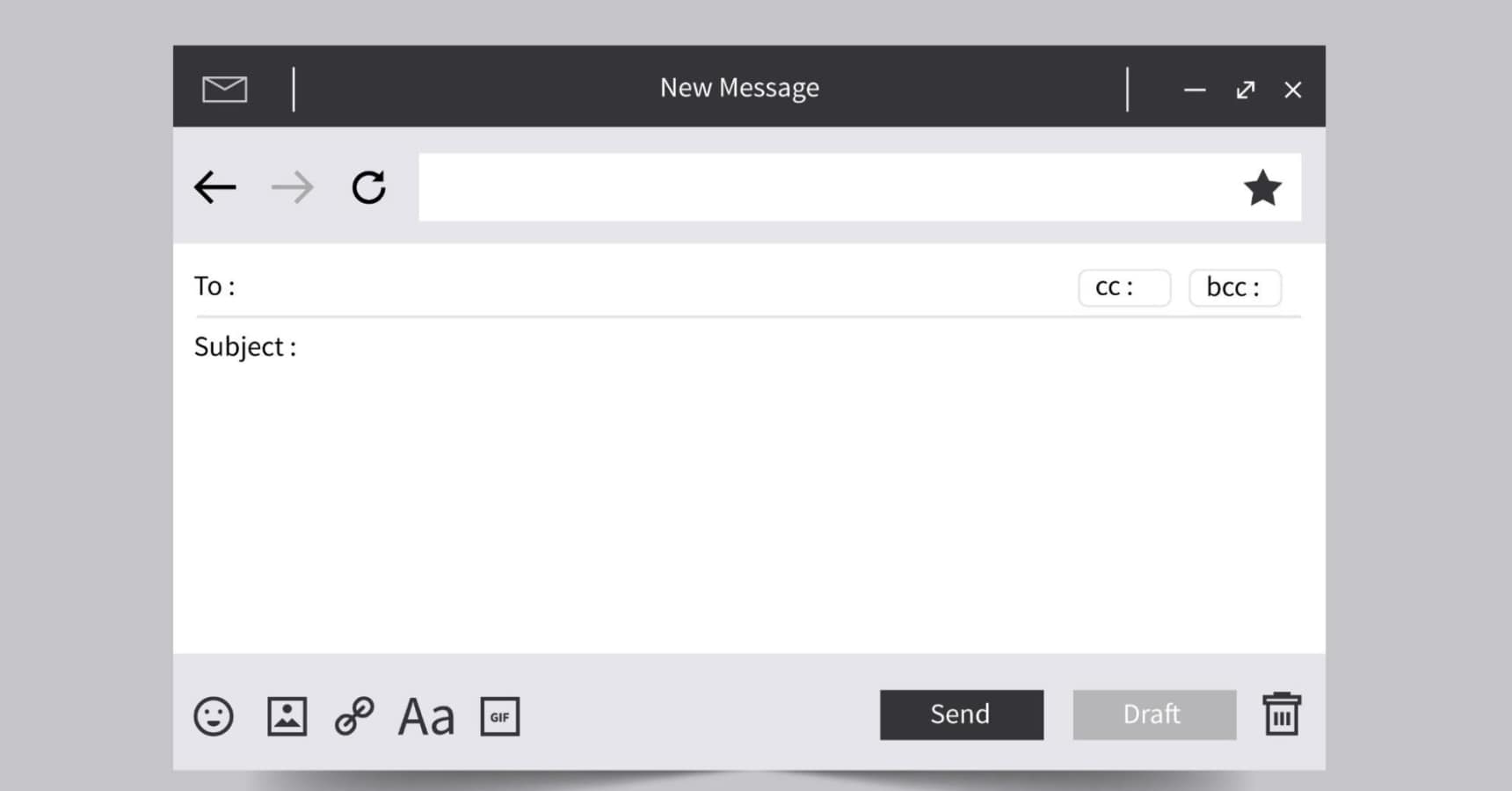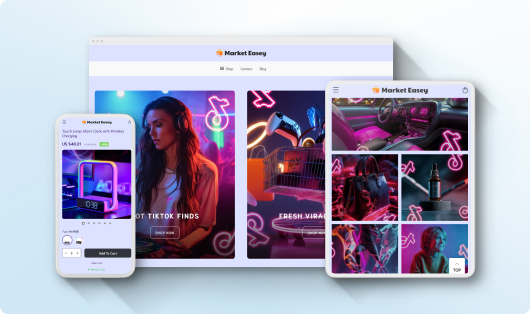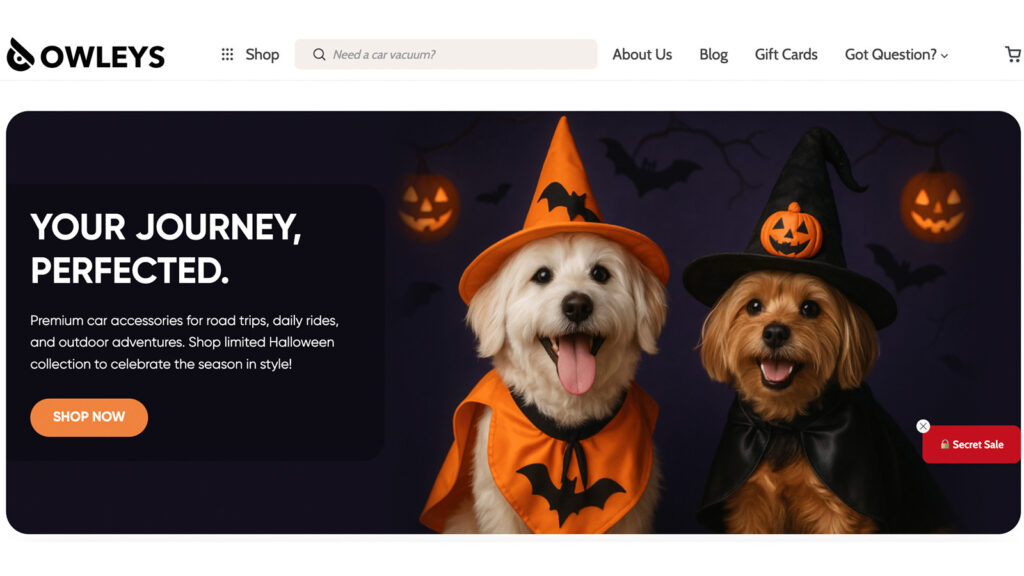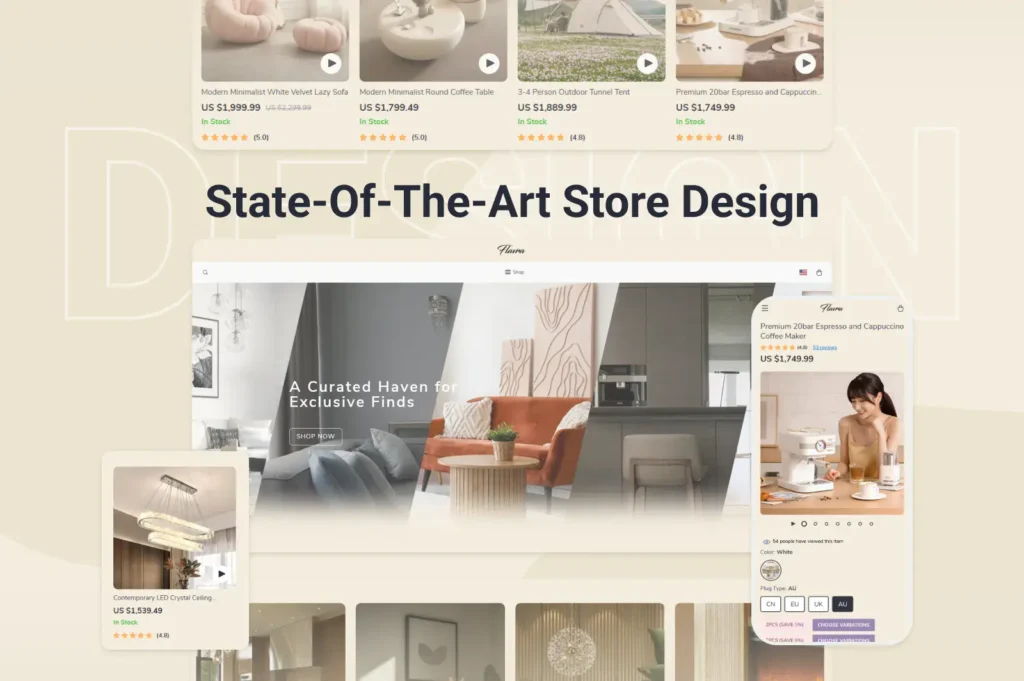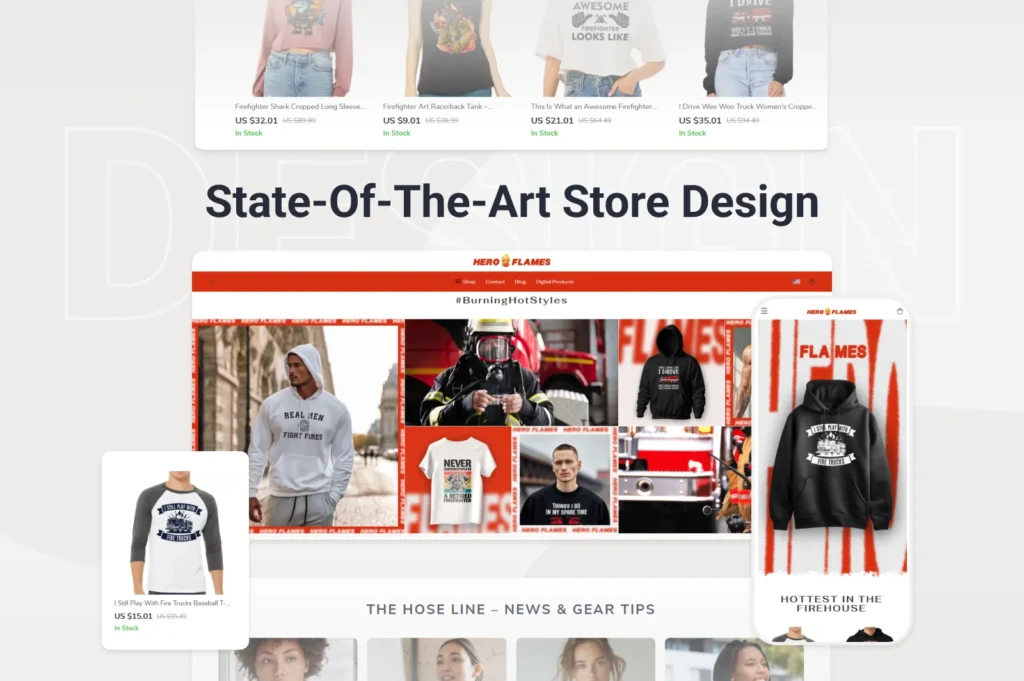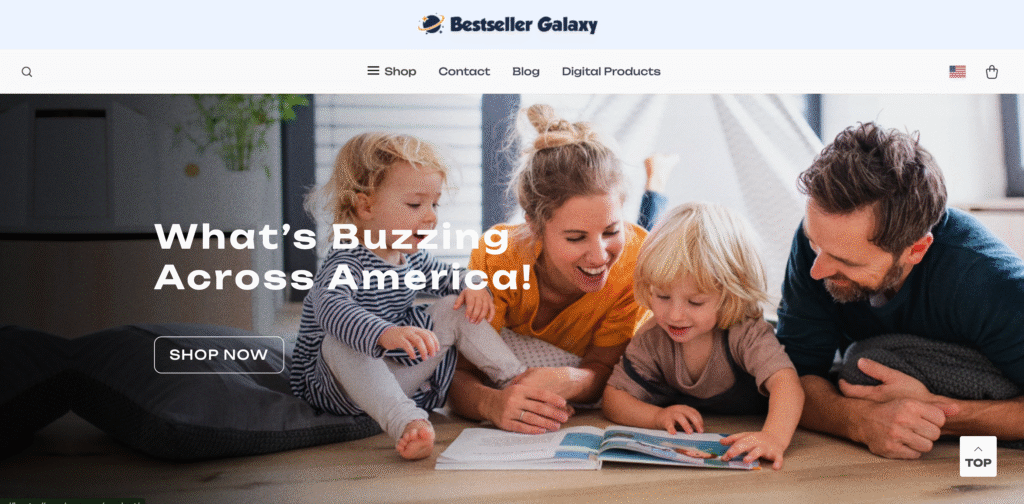Email marketing still packs a punch in 2025. And even that might be a bit of an understatement:
On average, for every $1 spent on email marketing, companies see a return of about $36, which means an actual ROI of roughly 3,600%.
And there’s always an audience too. According to Omnisend, the number of email users globally is about 4.6–4.8 billion — more than half of the total population.
So email isn’t dead — in fact, it’s one of the most efficient and reliable ways to reach people directly, without being subject to social‐media algorithm whims.
In this two-part guide, we’ll walk through everything you need to know to make email marketing work for your business in a way that feels natural and human. And if you need a helping hand, remember that Offiro’s experts are always there to provide guidance or outsource your marketing needs.
What Is E-mail Marketing
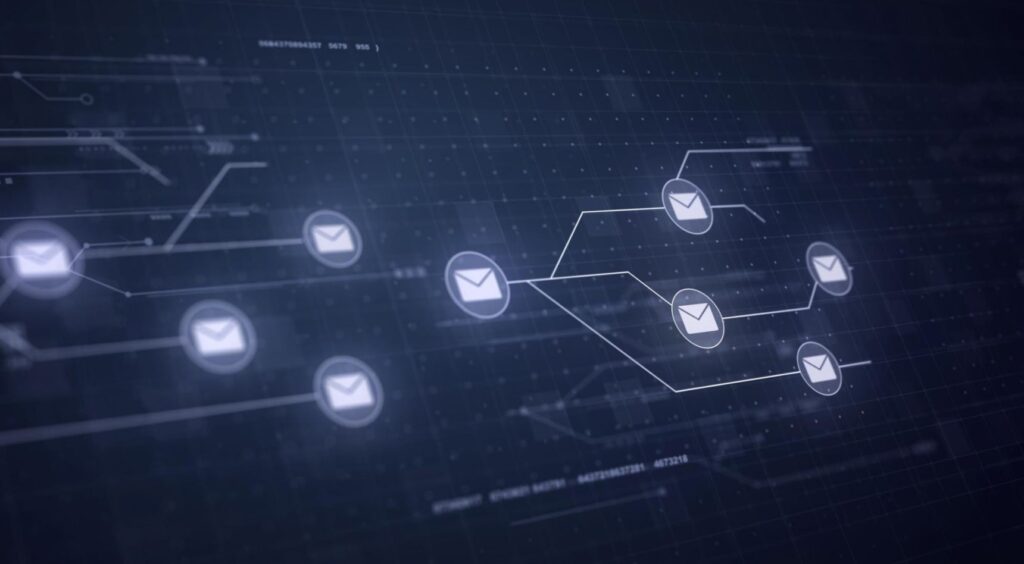
At its core, email marketing is about sending useful, relevant messages to people who actually want to hear from you. It’s more like a friendly conversation with your customers that happens right in their inbox.
That’s a big difference from spam. Spam is:
- Unwanted messages sent without permission
- Irrelevant content blasted to huge lists
- Often annoying and pushy e-mails.
Email marketing, on the other hand, is:
- Permission-based — people signed up voluntarily. We can’t stress this point enough
- Personalized — you tailor content based on interests or behavior of your audience
- Value-driven — instead of pushing random offers, you deliver updates, advice, or deals that actually help
Think of it this way: spam is like throwing leaflets into random mailboxes around your neighbourhood, while email marketing is like inviting friends who asked to be on your guest list.
What Is Email Marketing For?

Email marketing isn’t a one-trick pony. It’s flexible, powerful, and (if done right) one of the most cost-effective tools you can use. Let’s break down its most common uses:
1. Lead generation
Many people sign up to your emails just to get a discount code or a freebie — and that’s okay. These are your cold leads. Email marketing helps you capture their attention early, add them to your funnel, and slowly guide them toward becoming paying customers.
2. Warming up prospects
Cold leads will warm up with enough time and attention. Regular emails — short tips, entertaining stories, or helpful guides — remind your audience about your business. Over time, these light touches make potential buyers more comfortable and more willing to trust you with their first purchase.
3. Increasing CLV and encouraging repeat sales
Your first sale is just the beginning. Email is where you grow Customer Lifetime Value. How? By recommending products that go well together (“Bought a laptop? Here’s a perfect case”), by giving loyal buyers perks like discounts, or even by saying, “Subscribers get first dibs on new launches.” Small touches like these make customers feel special and more willing to shop again.
(We’ve covered more about increasing CLV in this article if you’d like to dive deeper.)
4. Saving abandoned carts
It’s common for people to browse, add products to their cart, and then leave without buying. Email is your chance to bring them back. Put some emotions into it and send a playful nudge:
- “Forget something?”
- “Your cart misses you — and we saved it.”
- “Still thinking it over? Here’s 10% off to help decide.”
You can go even further and include a picture of a crying cart in your email to make it even more convincing.
These reminders are simple but surprisingly effective and you’d be surprised how often they click “Buy” the second time.
5. Collecting reviews and feedback
Happy customers often won’t leave a review unless you ask. That’s where email comes in: a polite “How did we do?” or “Share your thoughts, it only takes 30 seconds” can turn silent happiness into public praise, which makes your future customers trust you more.
Focusing on the right goals
Of course, you can try to chase all these goals at once. But we’ve seen time and again that it works better if you pick one or two priorities. Want to warm up leads? Focus your emails on stories and free tips. Want more repeat sales? Highlight bundles and exclusive offers. Clear goals make for clear results.
Pros And Cons of Email Marketing
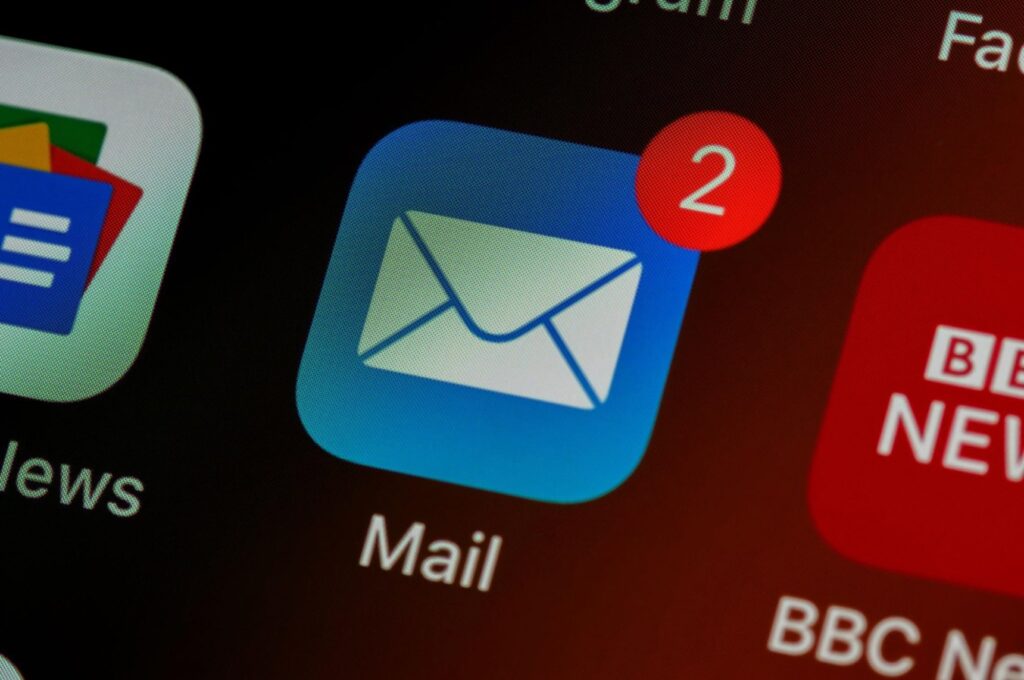
Email marketing works almost everywhere. From everyday consumer niches like fashion, food, and fitness to advanced and highly specialized areas like B2B services or SaaS — there’s hardly an industry where a well-written email can’t make an impact.
What emails can do for you
- Boost brand awareness. Even if someone doesn’t click “Buy” today, your name in their inbox keeps your brand top of mind
- Drive traffic. A single email can send visitors back to your store or landing page
- Convert visitors into buyers. With the right message at the right time, an email can be the gentle push that turns hesitation into action
Grow profits. Every one of the points above adds up to more revenue over time.
Why emails feel powerful
Here’s the beauty of it: if someone actually opens your email, they’ve already shown interest. That’s a much stronger signal than a random social media scroll. From there, your job is simple: give them a reason to take the next step towards purchase. Sometimes it’s an offer, sometimes it’s reassurance, sometimes it’s just reminding them you exist.
The good news about starting
Here’s why we love email marketing at Offiro: you don’t need a big budget to start. In fact, you may not need any budget. You can technically run your first campaigns without tools at all. Tools like Mailchimp, or Klaviyo just make things faster, prettier, and more automated, but they’re not a barrier to entry.
The not-so-good news
The toughest challenge awaits you right at the start — building your subscriber base from scratch. Without a subscriber list, you simply don’t have anyone to talk to. At Offiro, we see this as the “entry ticket” problem: you can set up the stage, write the script, and test the mic, but without an audience, the show can’t start.
However, there are proven ways to grow your list (we’ll share them in Part 2). For now, just keep in mind that building a subscriber base takes patience, creativity, and consistency. Once you’ve got it, every other part of email marketing becomes easier.
Other challenges you should know about
- Deliverability issues. Spam filters can be brutal. If you flood your subject lines with “URGENT SALE!!!” or “ONLY 1 HOUR LEFT,” chances are high your email will end up in the junk folder. Keep it natural
- Unsubscribes. People don’t like feeling harassed. Sending emails every single day ( or worse, multiple times a day) is a sure way to lose your audience. Play the long game and stay strategic
- Risk of account bans. Sending to fake or outdated addresses can get your email provider suspicious and result in a temporary or permanent ban. The fix is simple: clean your list regularly and remove inactive or non-existent accounts
In short, email marketing is a high-reward channel, but it comes with a few hurdles you’ll want to handle smartly.
Types of Emails You Can Use ( And What to Use Them For)
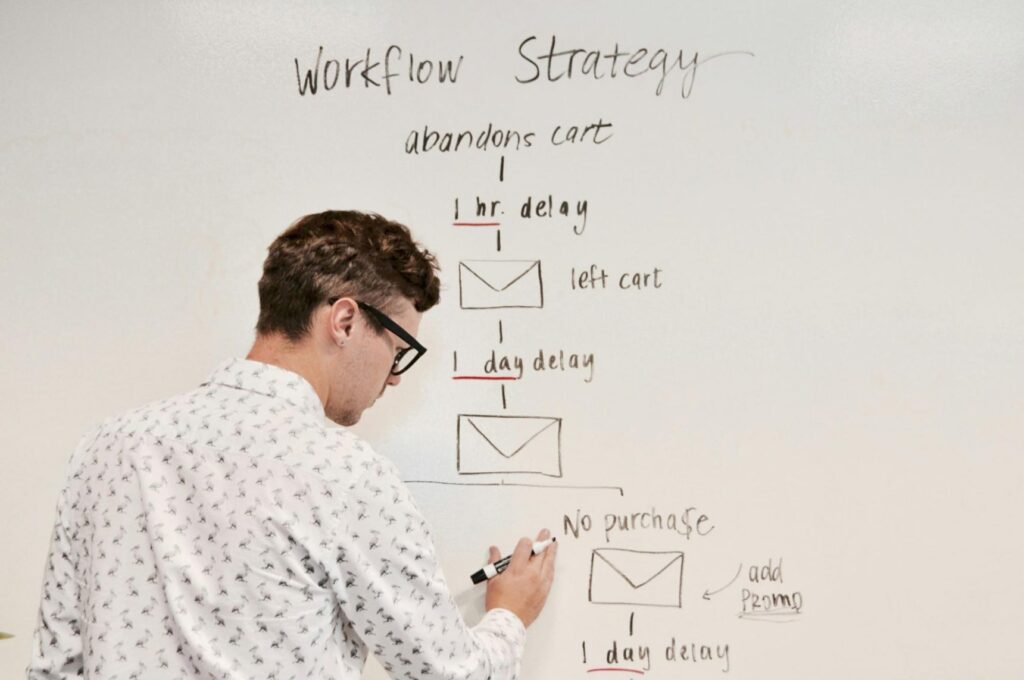
Let’s be honest: most of us have thousands of emails sitting in our inbox right now (I’ve got 3,479). They all look different, but in reality, most of them fall neatly into a few main categories. At Offiro, we like to keep things simple — here are the top 5 types of emails we recommend using strategically.
1. Commercial (a.k.a. selling emails)
These are the easiest to spot — and yes, they’re often the ones people associate with “marketing emails.” But that doesn’t make them bad. If you play your cards right, commercial emails are a great way to showcase new products, special offers, or limited collections.
Tip from us: avoid subject lines screaming “SALE” or “FREE GIFT.” Spam filters hate them, and most customers do too. Instead, be creative. A subject line like “Something new just landed in your store” feels more natural and gets people curious enough to click.
2. Content (informational emails)
Content emails don’t always make the cash register ring right away, but they build trust. Share guides, tutorials, stories, or tips that your audience genuinely finds useful or entertaining. Over time, these emails prove that you’re there to help — not just sell your stock.
The secret here is research: learn what your audience actually cares about, and give them that. The more relevant the content, the more likely they are to stick around and open your future emails.
3. Trigger emails
Trigger emails are the “nudges” that move people along the customer journey. The best-known example is, indeed, welcome sequences. When someone subscribes, you don’t just send one “hi” and disappear. You build a short series: a warm welcome, then a helpful tip, and then a small perk ( like a discount for first purchase).
Trigger emails like these feel personal, almost like a conversation that flows naturally after someone shows interest.
4. Reactivational emails
Sometimes people go quiet. They don’t open your emails, they don’t click, they don’t buy. That’s normal — but instead of ignoring them, use reactivational emails to try and re-establish the connection.
These emails usually say things like “We miss you — do you still want to hear from us?” or offer a small perk to bring someone back. If they respond or click, great — you’ve saved a subscriber.
But if a reactivational email gets ignored (just like the last few before it), that’s your sign to let go. Don’t be afraid to delete inactive contacts. It might feel counter-intuitive, but removing people who never engage keeps your list healthier and improves deliverability.
5. Service emails
These often get underestimated — but they’re crucial for building trust. Think password reset reminders, shipping notifications, or downtime alerts. Many businesses treat them as throwaway technical messages. Big mistake.
A well-designed service email — in your brand style, with a clear and friendly tone — reinforces professionalism. It shows that every interaction with your brand (even something as simple as “Your order is on the way”) is thoughtful and reliable.

Wrapping Up Part 1
So far, we’ve covered the basics: what email marketing really is ( and what it isn’t), what it’s used for, its main strengths and weaknesses, and the different types of emails you can put into play. That’s the foundation.
But of course, knowing what email marketing is and what it can do is just the beginning. The real question is: how do you put it into action for your business?
That’s what we’ll cover in Part 2:
- Practical ways to build and grow your subscriber base
- How to create a clear, step-by-step strategy
- The key metrics to track ( so you know what’s working and what’s not)
- And finally, how to connect it all into a system that drives results
Stay tuned — Part 2 is where we roll up our sleeves and make email marketing work for you.
